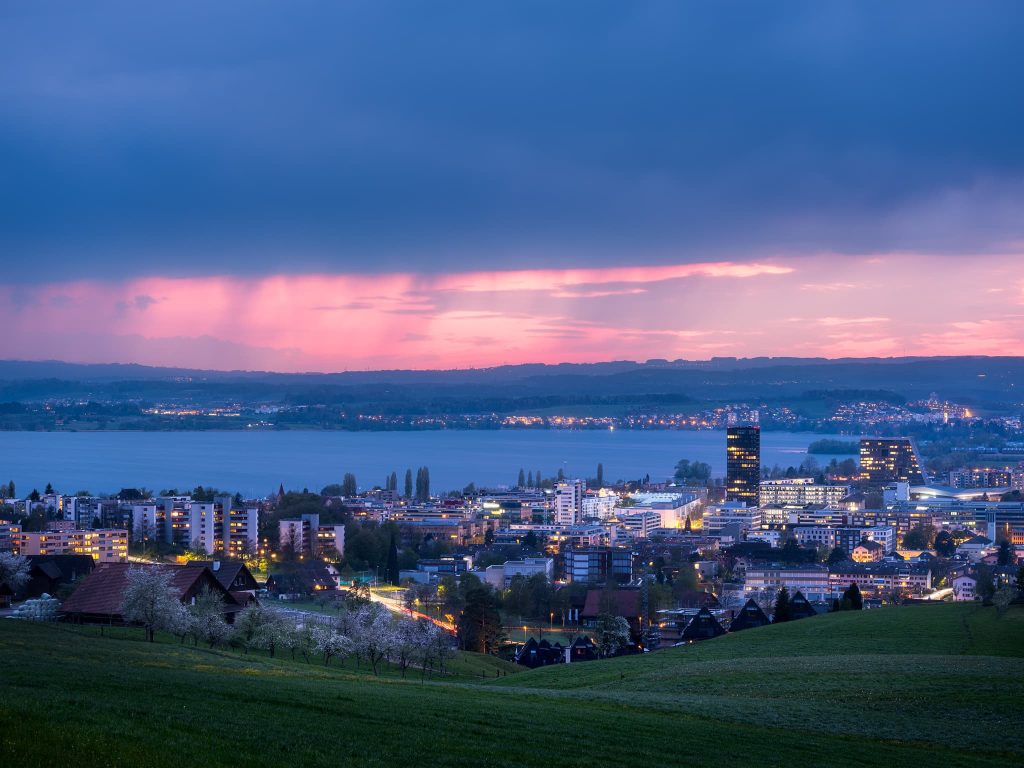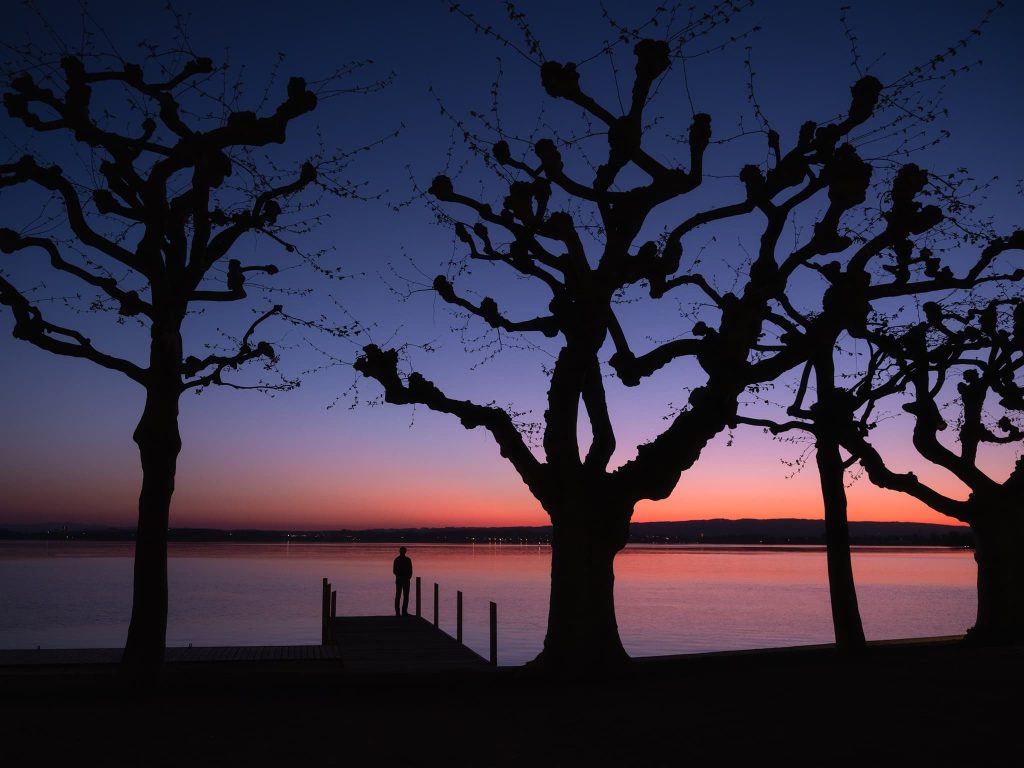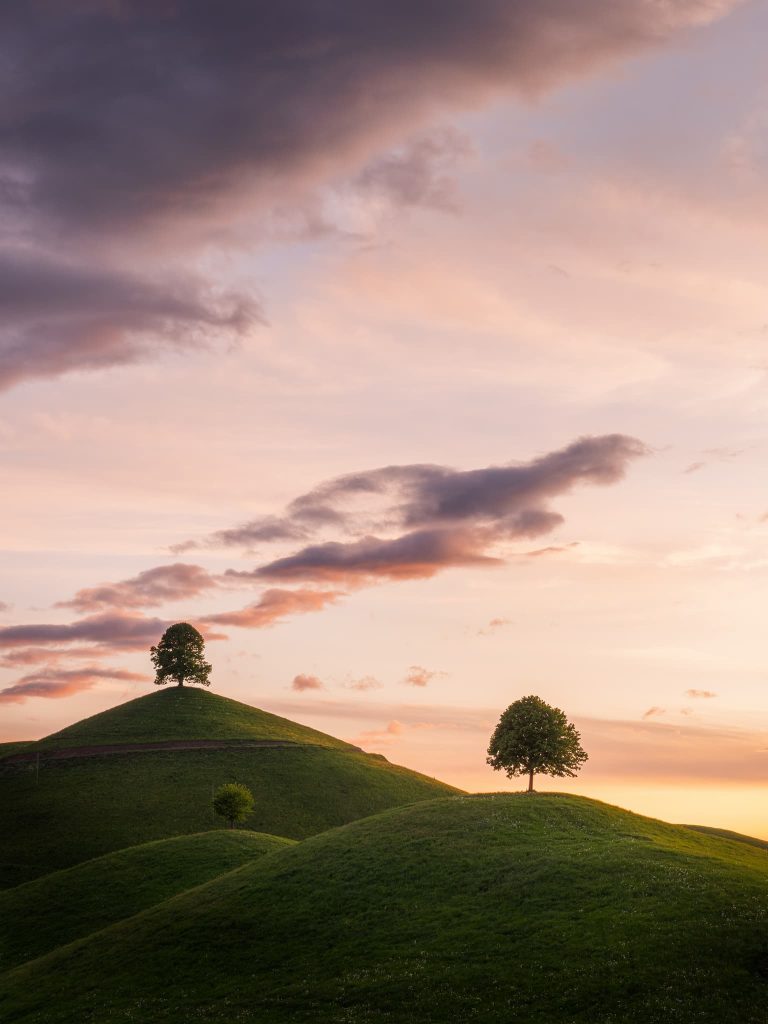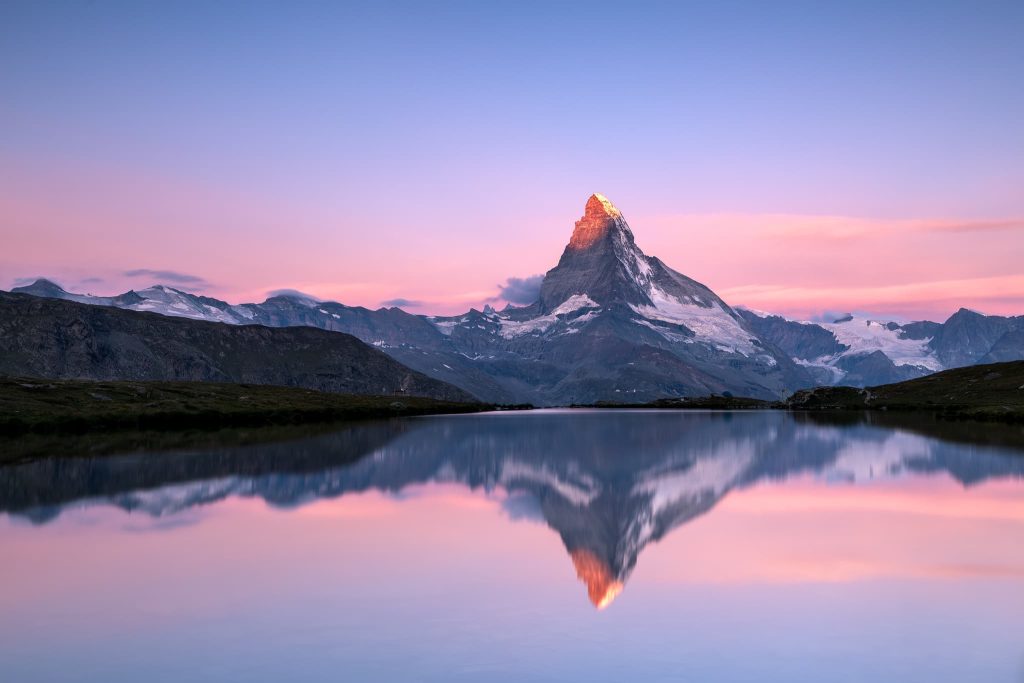It is always nice to experience impressive sunsets or sunrises. Have you already tried to photograph the beautiful colours and were disappointed with the result? The following tips will help you at the next opportunity to photograph a beautiful sunset or sunrise correctly.
It is always nice to experience impressive sunsets or sunrises. Have you already tried to photograph the beautiful colours and were disappointed with the result? The following tips will help you at the next opportunity to photograph a beautiful sunset or sunrise correctly.
Good planning is half the battle. That also applies when photographing sunsets and sunrises. Useful planning apps help you to be in the right place at the right time. Photo Pills, for example, is an extremely practical planning tool for your photos. The app provides detailed data about sunrise and sunset times or the exact time for the golden and blue hour for the planned location. If you have enough time, it is advisable to research the desired location in advance. Think about how you want to photograph the sunrise or sunset: for example, embedded in a landscape, with or without the sun in the picture, silhouettes, etc. Also keep an eye on the weather forecast. Changeable weather is especially promising. Especially when clouds are moving across the sky, great light moods and plays of colour can be created..
You should not do without this photo equipment
To take pictures of sunset and sunrise, you need a camera with manual settings. Depending on the subject, you use a wide-angle lens, a normal-range focal length or a medium telephoto. A tripod is recommended and, depending on the light situation and subject, gray graduated filters are also used. Furthermore, a remote shutter release (or as an alternative the camera’s self-timer) is very helpful to get blur-free pictures.
Checklist Equipment
- Camera with manual setting options
- Lenses that cover a focal length between approx. 14 – 200mm
- Tripod
- Gray graduated filter
- Remote shutter release
With these camera settings you can take top photos
Wenn Sie mit einem Stativ fotografien: Bildstabilisator an Kamera und Objektiv ausschalten
- When shooting with a tripod: Turn off the image stabilizer on the camera and lens
- Set the camera to Aperture Priority (Nikon: A/Canon: AV) or to M for Manual setting.
- Select single autofocus (Nikon: AF-S / Canon: One-Shot) or focus manually
- Use the lowest possible ISO value. Using a tripod allows you to work with longer exposure times.
- Select an aperture (e.g. a value between f/8 and f/16 for landscapes).
- Do you want to achieve a silhouette effect? Then expose the bright areas of your subject.
- Make exposure corrections if necessary, for example:
- +1 or higher to make the image brighter
- -1 or less to make the image darker
- At sunset or sunrise it often helps to underexpose the image. The colors of the sky will come out better.
- Do you want to show the rays of the sun and achieve a star effect? Then choose the smallest possible aperture between f11 and f22. The smaller the aperture, the finer and longer the rays will be.
- Use a gray gradient filter depending on the photo motif. This helps to create a correctly exposed photo despite the high contrast range.
- Check the histogram to be sure that the images are correctly exposed.
Experiment with different image compositions
Often it helps to make recordings according to the rule of thirds. If the sky has exciting colors or cloud formations, place the horizon on the lower third line and give the sky 2/3 of the space. Of course, there are many variations, for example when the setting sun or clouds are reflected in a lake. Another way to make a picture exciting is to use the foreground. If you take a picture against the light at sunset and strongly underexposed, trees or other objects appear as silhouettes.
A change from landscape to portrait format can also produce interesting pictures.
Be alert and observe your surroundings. During sunrise or sunset there is always a lot to discover: reflections of clouds on water surfaces, rising fog, birds flying by, people walking on the beach and which could be integrated into the picture as silhouettes. Experiment with different picture compositions and take as many photos as possible.
We wish you success in implementing the tips and of course always good light!
Sunset over the city of Zug

Changeable weather offers ideal conditions for an interesting sunset
Sunset at Lake Zug

The inclusion of people in the picture often results in exciting picture compositions. By deliberately underexposing, beautiful silhouettes can be captured.
Sunset in the moraine landscape of Canton Zug

In backlight situations, it is recommended to use a gray graduated filter. This allows the foreground and background to be perfectly exposed.
Sunrise at the Stellisee in Zermatt

Reflections offer great possibilities for landscape photography. Tip: visit a lake at sunrise. In the morning you have a good chance to see the lake with no wind.
Sunrise at Lake Sao in Puschlav

It is worth searching the surroundings for an interesting foreground. In this example the rocks in the foreground give the picture an exciting frame.
This blog was and is provided by Amazingviews. Thank you very much!
www.amazingviews.ch/en





